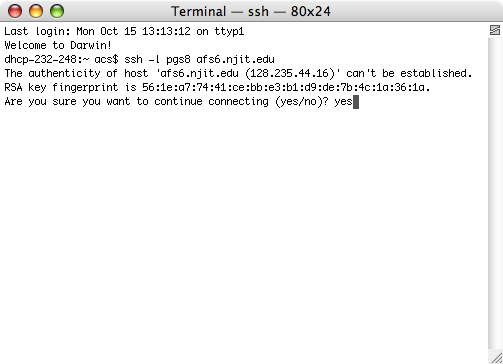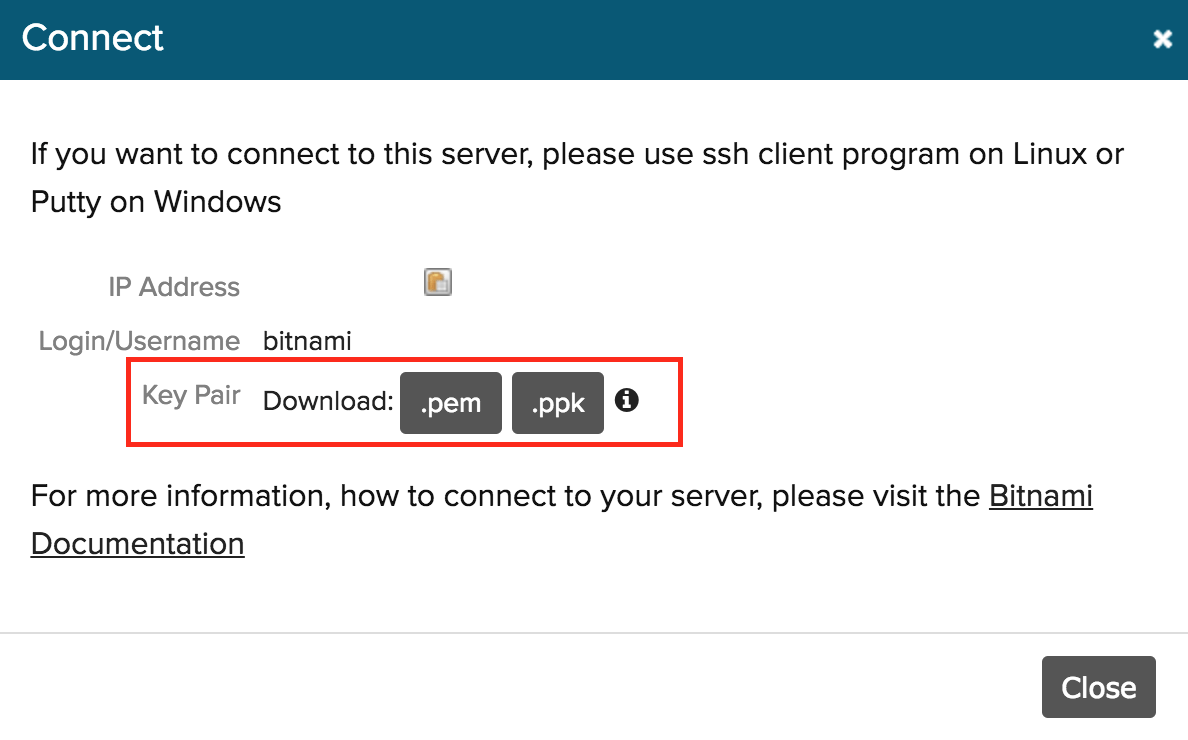

- #Ssh on mac and windows how to
- #Ssh on mac and windows software
- #Ssh on mac and windows password
- #Ssh on mac and windows free
It would hold your private keys used for ssh public key authentication. That command will be started with the rigth environment variables set, and ssh-agent will keep running for as long as that command is alive. Is ssh-agent always running?Īfter ssh-agent you can specify a command to run. Still annoying… you have to do this every time you log in… even if you don’t use ssh. ssh/config file in some editor (create on if you don’t find it), then add following in that file:Ĭheers. How do I start ssh-agent on Mac?Īfter that, open ~/.

Identities that you’ve added (using ssh-add) will get automatically added after restarts. Some nice things about this solution: You won’t need to start the ssh-agent every time you restart your computer. To start the agent you can simply type ssh-agent. … The SSH agent is used for SSH public key authentication.
#Ssh on mac and windows password
The agent can then use the keys to log into other servers without having the user type in a password or passphrase again. The ssh-agent is a helper program that keeps track of user’s identity keys and their passphrases.
#Ssh on mac and windows software
I will demonstrate this procedure with my software project Pythonic. But SSH makes it relatively easy to set up a safe solution for this scenario.
#Ssh on mac and windows how to
how to tunnel a certain protocol over SSH.

how to copy files over the network, and 4.

how to set up a remote console connection, 3. how to configure the SSH daemon on the Linux side, 2. In this article, I'll explain four ways to use SSH: 1. Because SSH traffic is encrypted, you can use SSH as a transport layer for any protocol that does not provide encryption by default. SSH can also be used to tunnel other network services. A common use case is the headless configuration of embedded devices, including the Raspberry Pi. You can use SSH to control almost any Linux machine, whether it's running as a virtual machine or as a physical device on your network. In Fedora 33, the SSH daemon is installed but not activated. You can hardly find a Linux distribution that does not come with the SSH daemon. The SSH server is usually running as a system daemon, so it is often called SSHD. SSH uses a client-server architecture, where an SSH client establishes a connection to an SSH server.
#Ssh on mac and windows free
Free online course: RHEL Technical Overview.


 0 kommentar(er)
0 kommentar(er)
